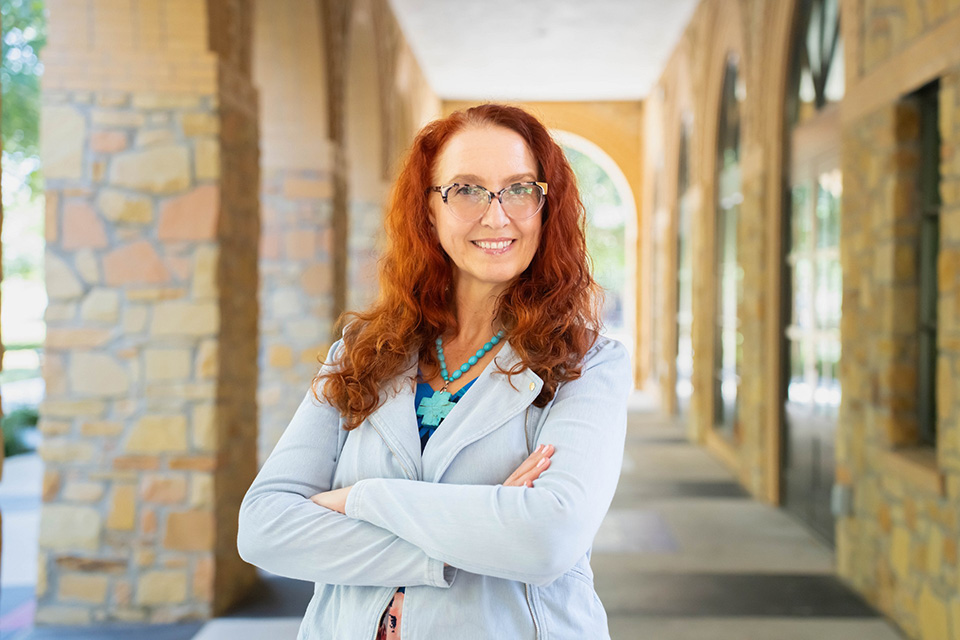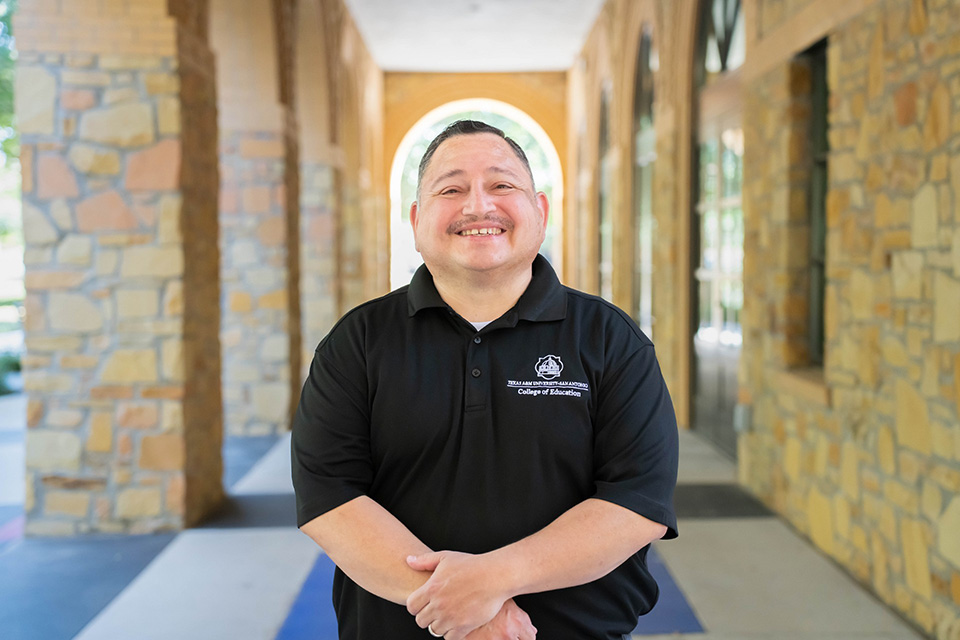Texas A&M University-San Antonio has been awarded a landmark $3 million grant to launch an innovative program that will train educators, rehabilitation professionals and community stakeholders to help support Texans with disabilities as they transition from school to the workforce.
The five-year grant—funded by the U.S. Department of Education’s Office of Special Education and Rehabilitation Services—will support the development of Alamo Bridges: Pioneering Workforce Transitions for Texans with Disabilities. The program is led by a team of faculty experts: Dr. Mariya Davis, associate professor of special education; Dr. Eric Lopez, professor; and Dr. Gavin Watts, associate professor of special education.
“This grant is an incredible opportunity to build something new, something that can make a real difference for students and schools both in the local community and Texas overall,” said Davis, who serves as the project’s principal investigator. “The goal is to develop an innovative rehabilitation training model that prepares professionals to support individuals with disabilities in achieving meaningful employment and independent living.”
 The Alamo Bridges project is designed to create a specialized training program for vocational transition specialists—professionals who guide students and young adults with disabilities as they move from high school to college, vocational training, and employment.
The Alamo Bridges project is designed to create a specialized training program for vocational transition specialists—professionals who guide students and young adults with disabilities as they move from high school to college, vocational training, and employment.
Unlike traditional vocational rehabilitation (VR) training, Alamo Bridges is intentionally broad. It will serve not only VR counselors, but also teachers, administrators, school counselors and community partners. This cross-sector approach is what makes the program unique, said Lopez, a co-principal investigator.
“What we designed was actually the vocational transition specialist model that expands into education,” Lopez explained. “It’s not just VR professionals, but stakeholders in the community who all play a role in supporting individuals with disabilities.”
 By preparing a wide network of professionals, the program aims to build bridges across systems that too often operate in isolation.
By preparing a wide network of professionals, the program aims to build bridges across systems that too often operate in isolation.
The cornerstone of the initiative is a comprehensive training curriculum that blends research-based best practices with instructional delivery. Participants will earn a micro-credential by completing four specialized badges, which include person-centered training, employer engagement, assistive technology, and self-advocacy training.
Each badge represents 25–40 hours of training, and the sequence culminates in a capstone practicum experience. Participants will have the chance to colaborate with professionals from other fields—teachers learning from VR counselors, and vice versa.
The program will also feature workshops, webinars and conferences, allowing participants to learn in multiple formats. “We’re going to be training trainers as well as practitioners,” said Watts, co-principal investigator. “The idea is to increase the knowledge and skills of individuals across the pipeline from the education system to the workplace, so that Texans with disabilities have the support they need to thrive.”
 Although the program is rooted in San Antonio and Bexar County, its leaders envision a broader impact. One key innovation is designing training modules that are accessible not just locally, but also to professionals across Texas—including rural and remote areas.
Although the program is rooted in San Antonio and Bexar County, its leaders envision a broader impact. One key innovation is designing training modules that are accessible not just locally, but also to professionals across Texas—including rural and remote areas.
“We’re asking: How do we make training accessible to people outside our geographic area, like West Texas or further out?” Watts said. “That’s the innovative part—ensuring access to the practices and the mode of instruction itself.”
The team is targeting about 100 participants per year, with a goal of training 500 individuals by the end of the grant cycle in 2030.
The project’s first year will focus heavily on curriculum development and building infrastructure. The team will assemble an advisory committee of educators, VR professionals, employers, and community leaders to guide the work and ensure the training reflects real-world needs.
“We know the research, but we also want validation and new ideas from practitioners,” Watts explained. “We’ll be using feedback from the advisory committee and the diverse communities we serve to make sure our model is as effective and relevant as possible.”
The grant also provides funding for additional staff to support program development and implementation. Over the next year, Davis, Lopez, and Watts will be hiring three full-time personnel to help launch the initiative.
The first Alamo Bridges cohort is expected to begin by fall 2026, with preliminary workshops and possibly a summer conference planned for 2026. The program’s leaders see it as the start of a long-term effort to expand opportunities for individuals with disabilities, both in San Antonio and across Texas.
“This is about creating a workforce that is better prepared, more inclusive, and more responsive to the needs of Texans with disabilities,” Davis said. “We want to ensure they have every opportunity to succeed—not just in finding a job, but in building independent, fulfilling lives.”
For A&M–San Antonio, the grant represents not only a significant investment in research and training, but also a chance to strengthen its role as a catalyst for positive change in the community.
“Ultimately, it’s about impact,” Lopez said. “If we can train hundreds of professionals who will then go out and serve thousands of individuals with disabilities, that’s how we create real, lasting change.”